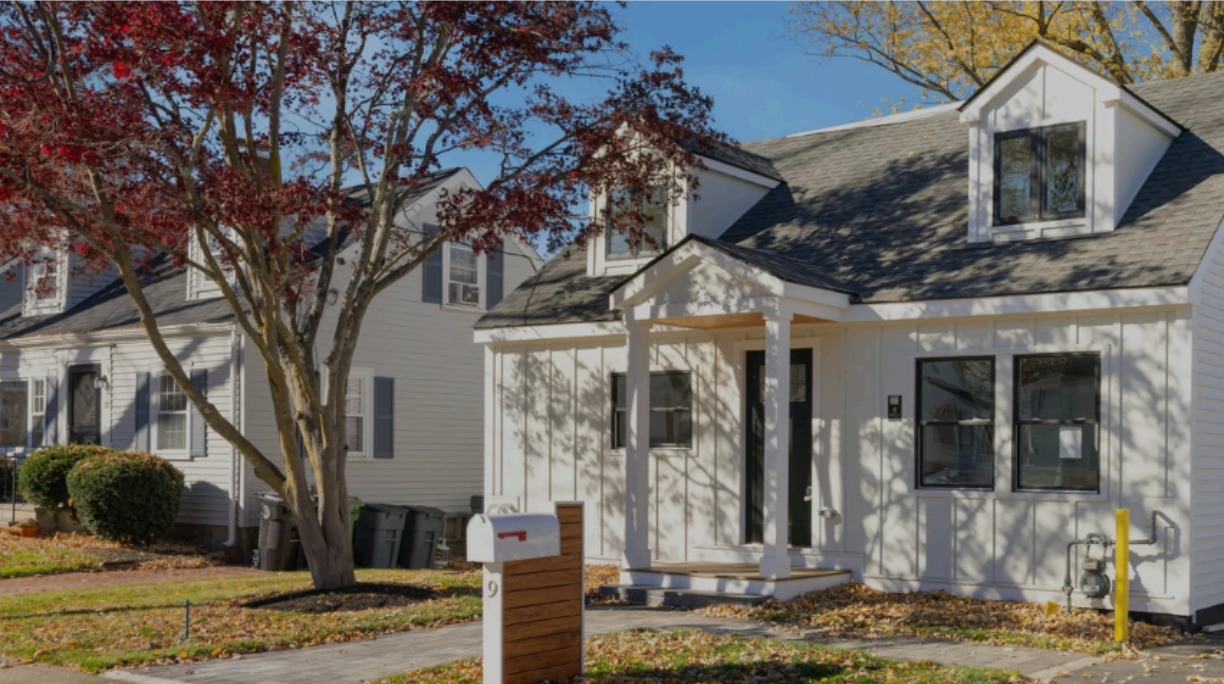Week In Review
Real GDP continued to recover in August, gaining 1.2% m/m, a result above the +0.9% print expected by consensus. This marks the fourth monthly gain in a row for this indicator, however total output is still down 4.6% from its pre-pandemic (February) level. Production rose in 15 of the 20 industrial sectors covered in August, with two others remaining flat in the month. Goods sector output climbed 0.5% on decent rises for construction (+1.5%) and manufacturing (+1.2%). Industrial production edged up 0.1%. Services-producing industries, meanwhile, experienced a 1.5% surge in production, with the steepest progressions occurring in arts/entertainment (+13.7%), accommodation/food services (+7.3%) and educational services (+3.4%). Year on year, total economic output was down 3.8%.
Canadian GDP registered yet another advance in August but the economic recovery remains highly uneven. Some sectors have now fully recovered from the COVID-19 shock and currently stand above their pre-pandemic peaks. That is the case for agriculture/forestry/fishing/hunting (+2.5% compared with February), finance/insurance (+2.1%), real estate (+1.5%), wholesale (+1.3%), retail (+1.2%) and utilities (+0.8%). That said, certain industries continue to suffer. For instance, production in the mining/quarrying/oil and gas extraction segment remains 17.2% below its February level thanks in large part to depressed energy prices. The sectors most affected by social distancing measures are also struggling to recover. Output in the arts/entertainment segment is roughly half what it was before COVID. Production in accommodation/food services, meanwhile, remains 28.2% short of pre-pandemic levels. Transportation and warehousing is also tracking 20.5% below February. While the economic rebound is likely to have extended into September – Statistics Canada advance estimate suggests production expanded another 0.7% in the month – the steep gap between the best and worst performing industries is likely to endure in a context in which people continue to avoid social contacts. Looking further ahead, the real question remains whether the recovery can be sustained, especially now that COVID-19 cases are surging back up, forcing some provincial governments to reintroduce social distancing measures.





